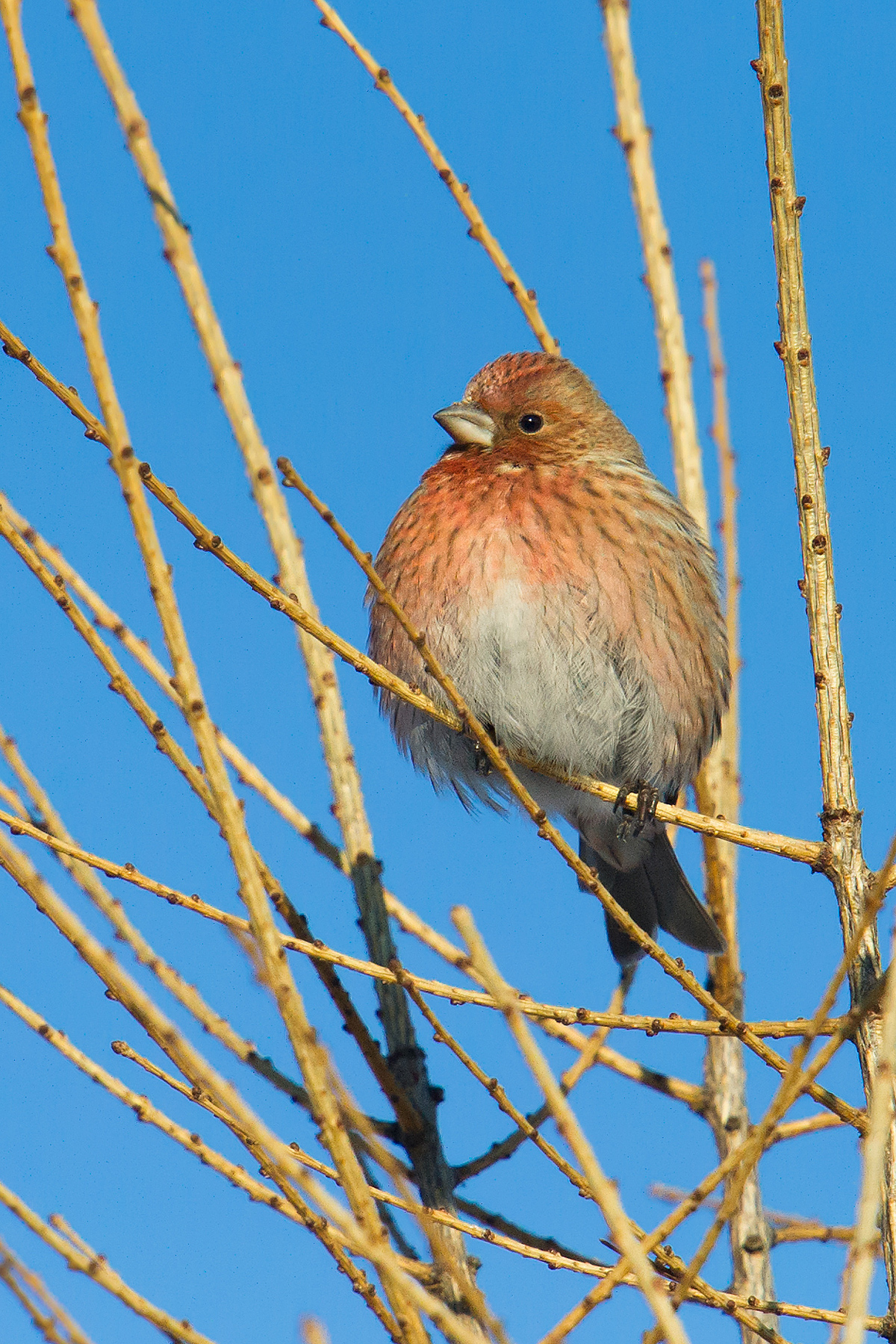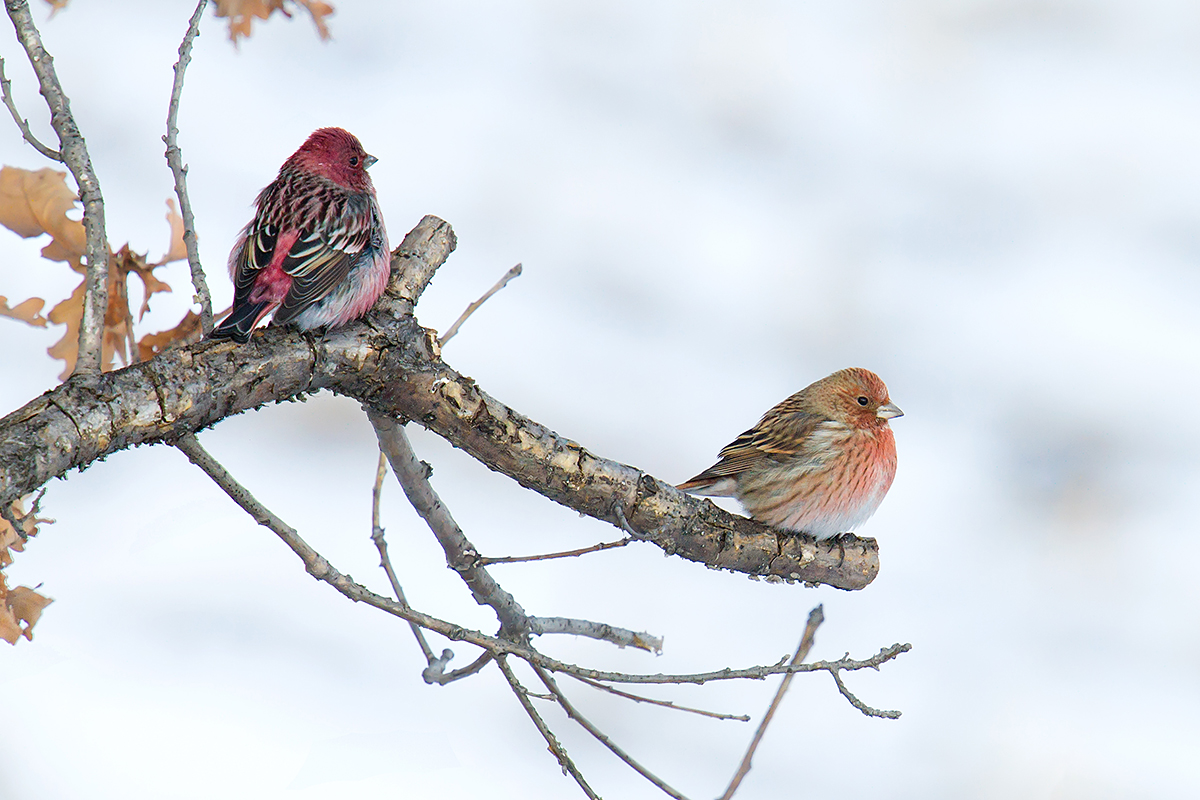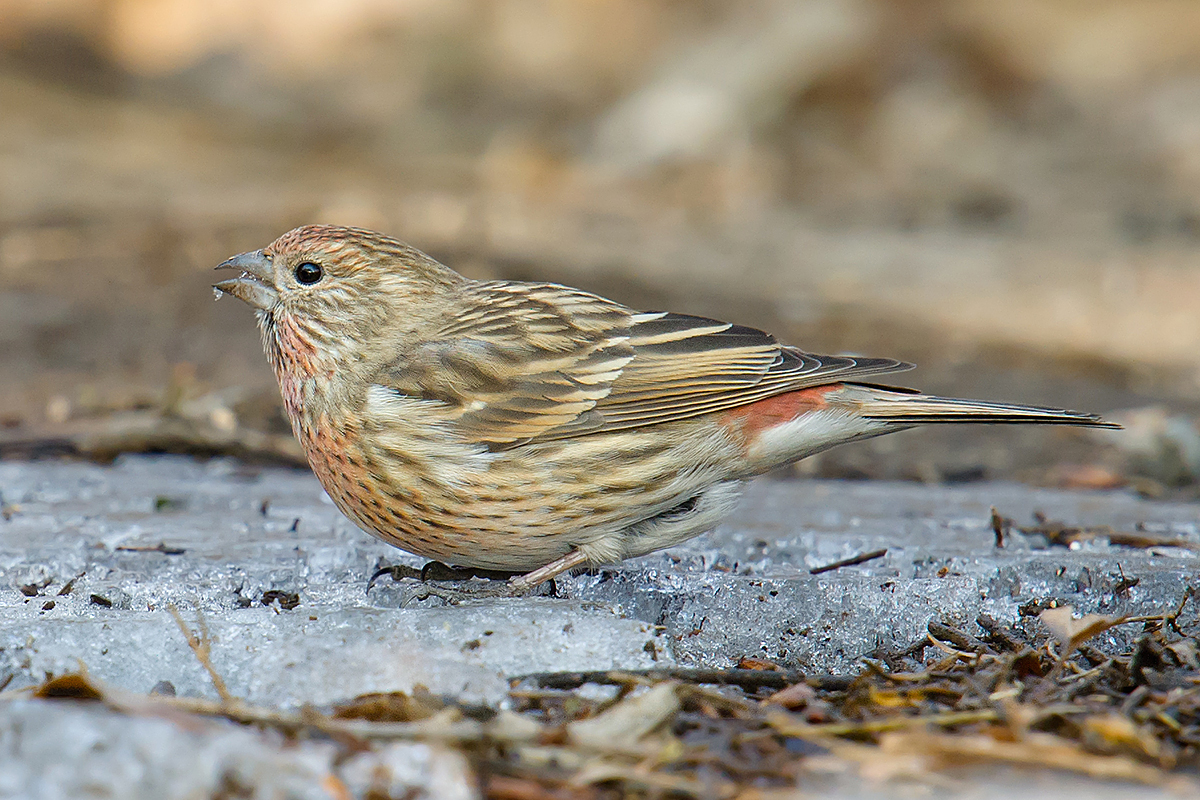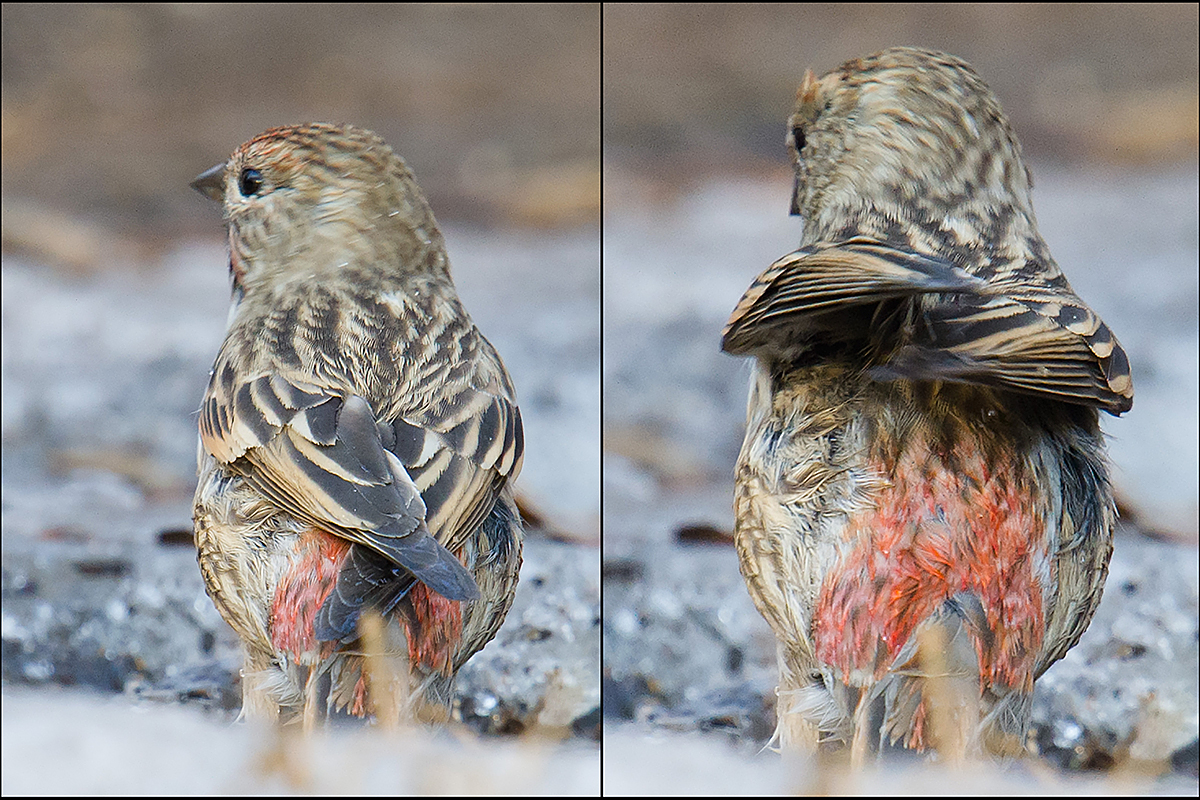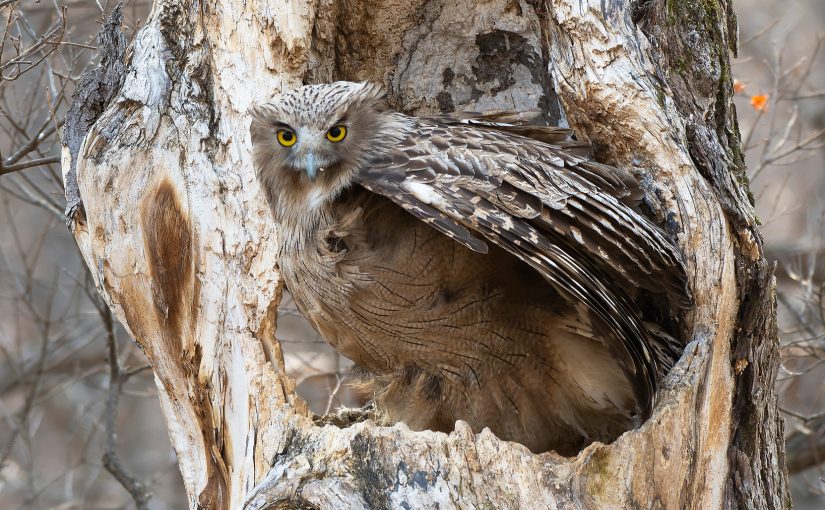by Elena Govorova
for shanghaibirding.com

For birdwatchers, the main reason to visit Sikhote-Alin Nature Reserve is its rich collection of East Asian birds, among them Blakiston’s Fish Owl (above), Siberian Grouse, and Scaly-sided Merganser. In addition to being a world-class birding destination, Sikhote-Alin is a vast, pristine wilderness that is home to Amur (Siberian) Tiger. Birders who dream of experiencing East Asian birds in their historical habitats should visit Sikhote-Alin.
LOCATION & BASIC INFORMATION
Sikhote-Alin Nature Reserve (45.293056, 136.678889) is in Ussuriland (Primorsky Krai) in the Russian Far East. The reserve is 760 km (470 mi.) east of Harbin, Heilongjiang and 2020 km (1,260 mi.) northeast of Shanghai. The reserve extends 90 km (56 mi.) inland from the Sea of Japan and covers an area of 401,600 hectares (1,551 sq. mi.).
Ninety-five percent of the reserve lies within the densely forested Sikhote-Alin Mountains, which in the reserve rise to an elevation of 1598 m (5,240 ft.). Rivers traverse the valleys, and along the coast are marshy lakes. Sikhote-Alin provides habitat for 389 species of bird, 60 species of mammal, 5 species of amphibian, 7 species of reptile, and 64 species of fish.
The reserve was established in 1935 to protect Sable Martes zibellina. Today, its most famous object of protection is Amur Tiger Panthera tigris altaica.
BIRDS OF THE RESERVE
Birds are present year-round at Sikhote-Alin. During breeding season you can see up to 50 species a day and at other times of the year more than 20.
Classic Eurasian spruce-fir forests cover the northwestern part of the reserve. Siberian Grouse Falcipennis falcipennis, endemic to the Russian Far East, is common here. Sikhote-Alin is one of the few places in the world where birders have a good chance of seeing Siberian Grouse.
Hooded Crane Grus monacha and Lanceolated Warbler Locustella lanceolata nest in marshes in the spruce-fir forests. Other spruce-fir species are Eurasian Three-toed Woodpecker Picoides tridactylus, Black Woodpecker Dryocopus martius, Siberian Jay Perisoreus infaustus, Red-flanked Bluetail Tarsiger cyanurus, Mugimaki Flycatcher Ficedula mugimaki, and Coal Tit Periparus ater.
AN ABUNDANCE OF EAST ASIAN SPECIES
Coniferous-broadleaf forests make up a large part of the reserve. The variety of birds here is comparable to that of a tropical forest. Key East Asian birds abound. Yellow-throated Bunting Emberiza elegans and Siberian Blue Robin Larvivora cyane nest on the ground. The undergrowth is occupied by Asian Stubtail Urosphena squameiceps, Rufous-tailed Robin Larvivora sibilans, and Tristram’s Bunting Emberiza tristrami. The trees are filled with Northern Boobook Ninox japonica, Japanese Scops Owl Otus semitorques, Oriental Scops Owl O. sunia, Pale Thrush Turdus pallidus, Siberian Thrush Zoothera sibirica, and White’s Thrush Z. aurea.
Blue-and-white Flycatcher Cyanoptila cyanomelana serenades under the tree crowns, while in the crowns feed Pallas’s Leaf Warbler Phylloscopus proregulus and Eastern Crowned Warbler P. coronatus. Nesting in these forests is a representative of the Asian subtropics: Ashy Minivet Pericrocotus divaricatus. Oriental Cuckoo Cuculus optatus and Rufous Hawk-Cuckoo Hierococcyx hyperythrus also visit the coniferous-broadleaf forests. The rocky cliffs are inhabited by White-throated Rock Thrush Monticola gularis and the glades and edges by Black-faced Bunting Emberiza spodocephala and Radde’s Warbler Phylloscopus schwarzi. Nesting along the rivers are Oriental Dollarbird Eurystomus orientalis, Pale-legged Leaf Warbler Phylloscopus tenellipes, and Chestnut-flanked White-eye Zosterops erythropleurus.
The wooded river banks are also the breeding grounds of two endangered East Asian birds: Blakiston’s Fish Owl Bubo blakistoni and Scaly-sided Merganser Mergus squamatus. You can find Blakiston’s in the winter on the non-freezing sections of the rivers, though views are not guaranteed. Birders visiting in July and August have a good chance of seeing Scaly-sided Merganser. During those months, birders commonly find females with their broods on the rivers. Also breeding on the rivers is Mandarin Duck Aix galericulata. Long-billed Plover Charadrius placidus nests on the pebbly banks.
BIRDS OF COAST & SEA
Oak forests cover the seaside slopes and are inhabited by various woodpeckers: Grey-capped Pygmy Woodpecker Yungipicus canicapillus, Japanese Pygmy Woodpecker Y. kizuki, White-backed Woodpecker Dendrocopos leucotos, Great Spotted Woodpecker D. major, and Lesser Spotted Woodpecker Dryobates minor. Also found here are Eurasian Wryneck Jynx torquilla and Chestnut-cheeked Starling Agropsar philippensis. Thick-billed Warbler Arundinax aedon is found in the meadows near the oak forests. The bottomlands are inextricably linked with Grey-backed Thrush Turdus hortulorum, Yellow-rumped Flycatcher Ficedula zanthopygia, and Azure-winged Magpie Cyanopica cyanus.
Along the coast, observers have noted Harlequin Duck Histrionicus histrionicus, White-winged Scoter Melanitta deglandi, Spectacled Guillemot Cepphus carbo, Japanese Cormorant Phalacrocorax capillatus, Pelagic Cormorant P. pelagicus, Long-billed Murrelet Brachyramphus perdix, and Ancient Murrelet Synthliboramphus antiquus. Pacific Swift Apus pacificus, Asian House Martin Delichon dasypus, and Blue Rock Thrush Monticola solitarius nest on the rocks by the water.
Around the seaside lakes as well as on the lower reaches of the rivers breeds Latham’s Snipe Gallinago hardwickii. Other species in these habitats are Band-bellied Crake Zapornia paykullii, Baillon’s Crake Zapornia pusilla and Brown-cheeked Rail Rallus indicus. During migratory season, birders can note Oriental Stork Ciconia boyciana.
MIGRANTS & WINTERING BIRDS
The skies of the reserve are patrolled by Eastern Buzzard Buteo japonicus, Northern Goshawk Accipiter gentilis, Eurasian Sparrowhawk A. nisus, Japanese Sparrowhawk A. gularis, and White-tailed Eagle Haliaeetus albicilla.
Researchers have recorded 40 species of waterfowl in the reserve, among them East Asian specialties Baikal Teal Sibirionetta formosa and Falcated Duck Mareca falcata as well as Whooper Swan Cygnus cygnus and Tundra Swan C. columbianus bewickii. Twice a year, around 53 tundra-nesting species pass through the reserve.
Researchers in winter have recorded 97 species at Sikhote-Alin. Among them are Steller’s Sea Eagle Haliaeetus pelagicus, Snowy Owl Bubo scandiacus, Gyrfalcon Falco rusticolus, Lapland Longspur Calcarius lapponicus, Snow Bunting Plectrophenax nivalis, Pine Bunting Emberiza leucocephalos, Pallas’s Reed Bunting E. pallasi, Asian Rosy Finch Leucosticte arctoa, and Pallas’s Rosefinch Carpodacus roseus.
CONTACT INFORMATION
To visit Sikhote-Alin, please apply by email. State the purpose and intended duration of your visit, the itineraries you wish to follow (see below), and the number of persons in your group.
Email: sikhote@inbox.ru
Address: 692150, Partizanskaya St., 44, Terney, Terney District, Primorsky Area, Russia
Web: www.sikhote-zap.ru
Phone: +7 (42374) 31-5-59
A representative of Sikhote-Alin will accompany you throughout your visit. Some staff members speak English.
TRANSPORTATION
There are daily flights from Vladivostok to Terney (45.048999, 136.620361), the village where the headquarters of the reserve is located. Usually going by plane to Terney is the fastest option (about 90 minutes), but bad weather causes many flights to be canceled. Don’t make your schedule too tight, and have a backup plan.
If your flight is canceled, then you can wait a day and try to catch the next flight or take an uncomfortable 14-hour bus ride 670 km (416 mi.) from Vladivostok to Terney. You can also drive to Terney from Vladivostok (10 hours).
Terney has grocery stores, a hotel, post office, cafe, and clinic.
ITINERARIES
There are two main itineraries:
Blagodatnoye
Blagodatnoye is 18 km (11 mi.) south of Terney. It is the starting point for the Northern Cape, Lake Blagodatnoye, and Golubichnaya Bay trails. These are easy routes that birders can complete in a day. At Blagodatnoye you can observe the birds of the oak forests and meadows and waterfowl and shorebirds on the lake and the sea. There are two observation towers and a hide on Lake Blagodatnoye. Guests can stay in a cabin near the sea. Two- or four-bed rooms are available with kitchen (gas stove, refrigerator, and cookware) and banya (Russian sauna).
Arsenyev Trail
The Arsenyev Trail traces part of the expedition conducted in 1906 by the Russian explorer of the Far East, Vladimir Arsenyev. The trail leads from the eastern slopes through a pass in the Sikhote-Alin ridge to the western slopes, passing through the coniferous-broadleaf and spruce-fir forests. The route is for experienced walkers. It takes walkers six days to cover the 56 km (35 mi.) path. Birders may wish to take even more time. There is a hide near the Kaplanovsky Salt Licks. Spaced along the trail are five cabins with bunks and stoves. Users of the trail must carry their own sleeping bag and personal items. Food is transported to the cabin by employees of the reserve.
Please note that the managers sometimes prohibit entry to portions of the reserve. Note also that travelers to Sikhote-Alin, especially those who visit in May and June, should consider getting a vaccination against tick-borne encephalitis.

WHEN TO VISIT
Experts say the best time to visit Sikhote-Alin is autumn (late August to mid-October). The monsoon rains have stopped, there are fewer ticks and blood-sucking insects, and the temperature of the air and water is still comfortable.
For birders, the best time to visit falls outside autumn. Migratory ducks and other waterfowl gather on Lake Blagodatnoye in April, when the weather can be cold and windy. The breeding season for most passerines is May through July, a time when midges and ticks are most bothersome. By August, when the weather and insect situation have begun to improve, the birds have already begun to depart.
For birders willing to accept the challenges, Sikhote-Alin offers an unusually rich environment in which to experience the birds of East Asia. Although no one can guarantee you tiger sightings, the birds definitely will be there!
MAP & PHOTOS
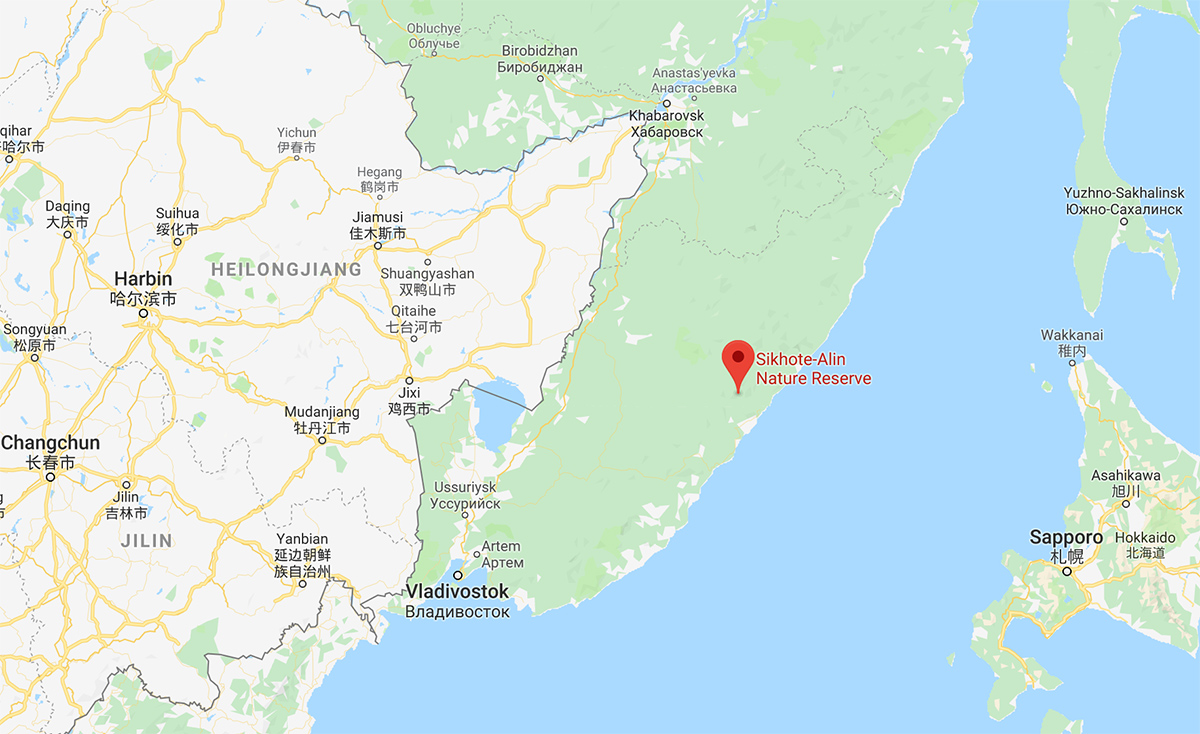
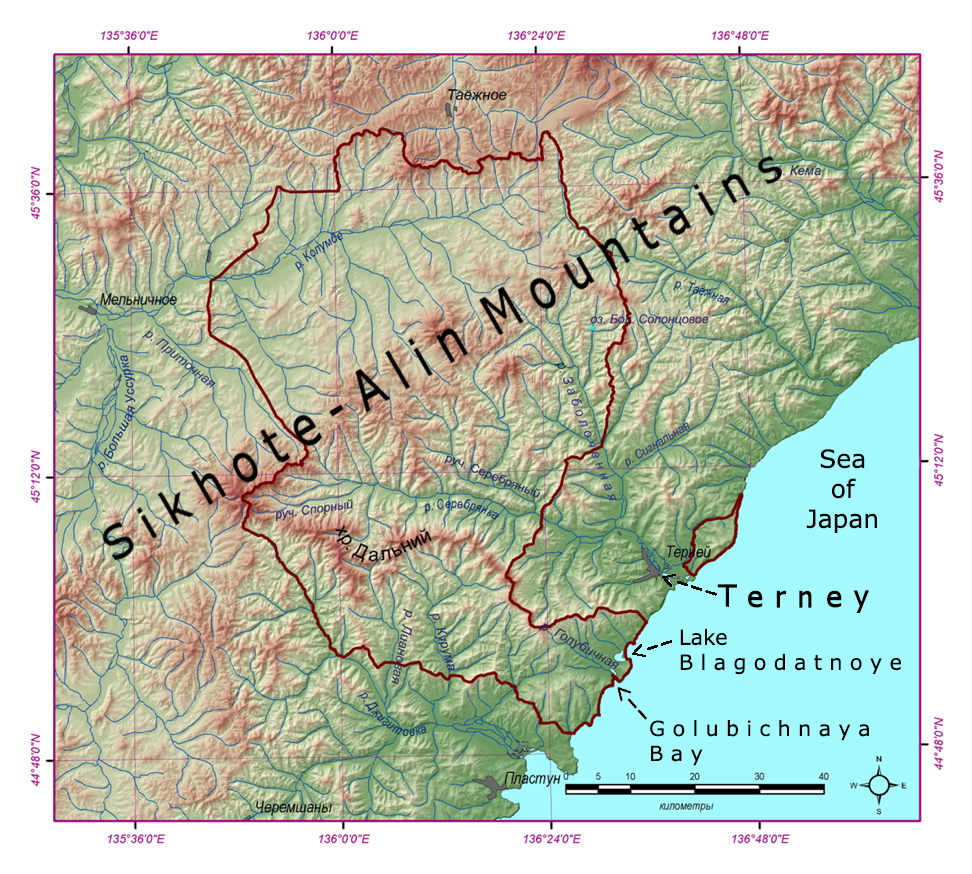
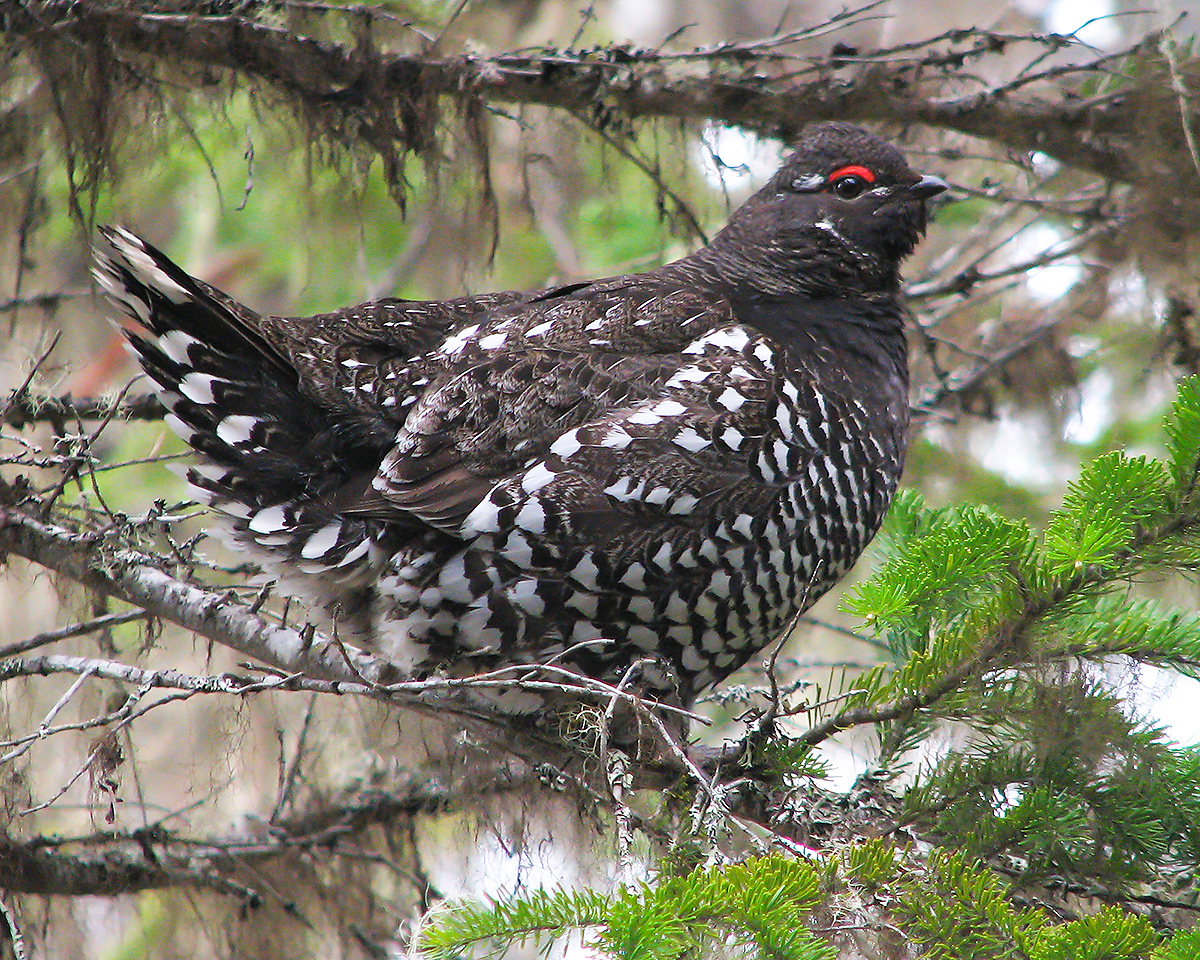
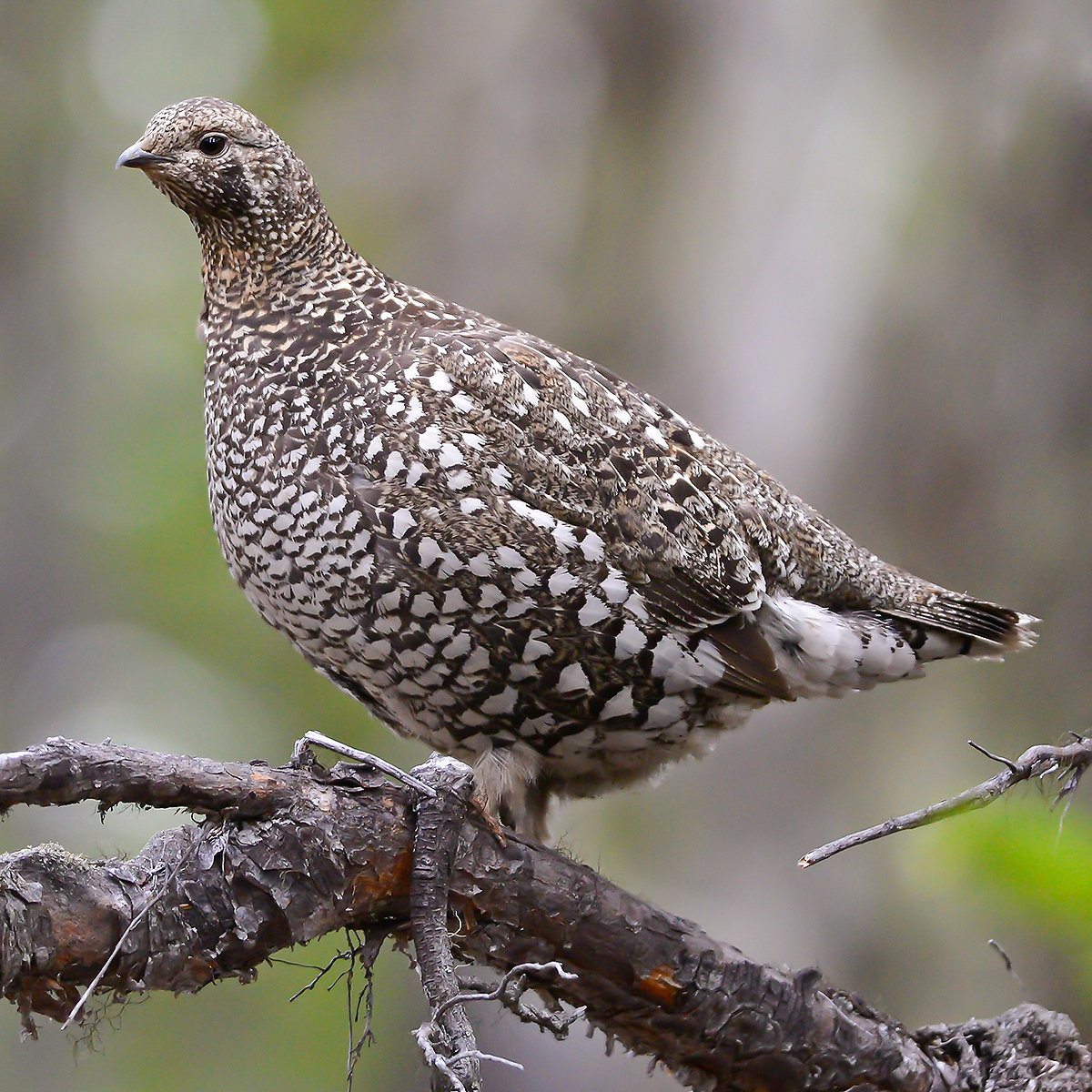
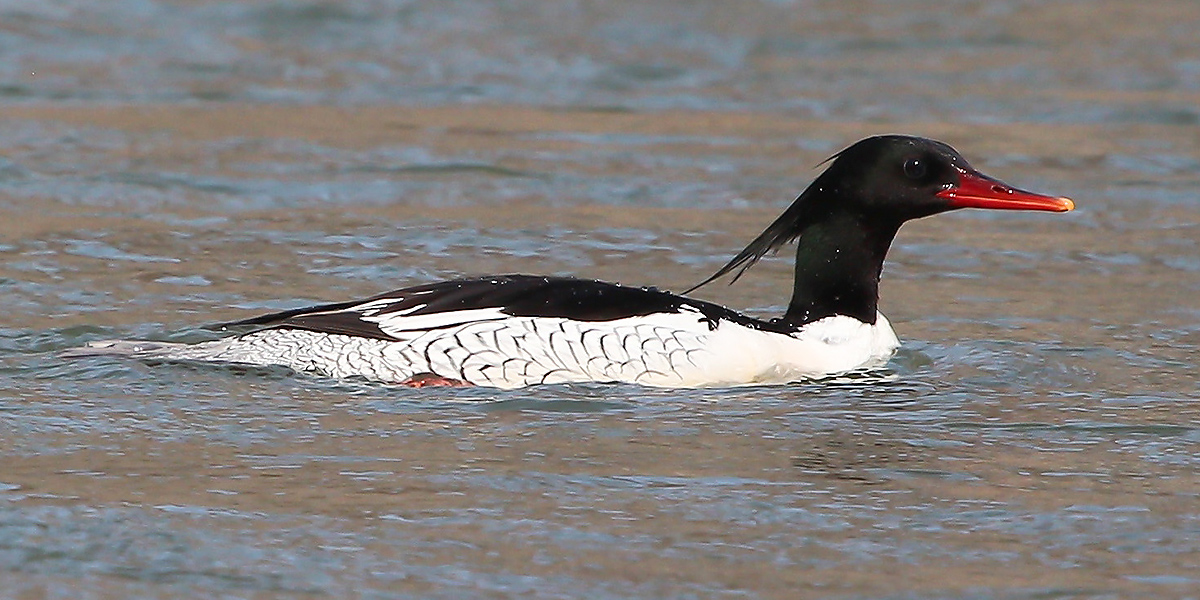
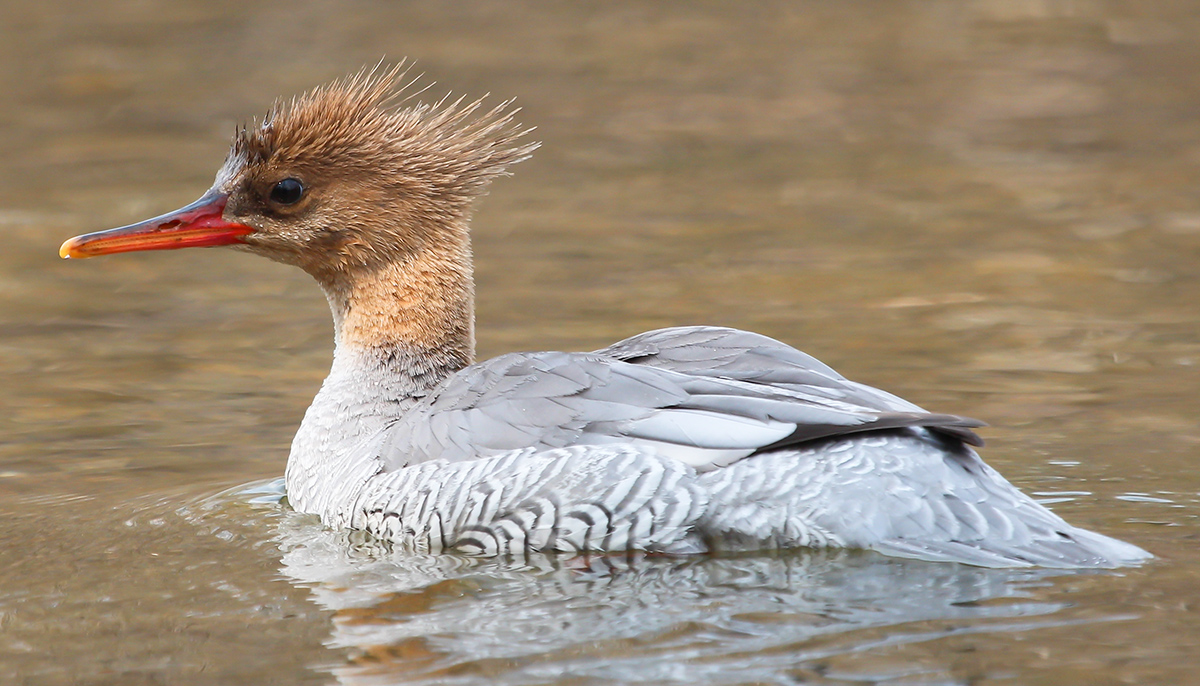
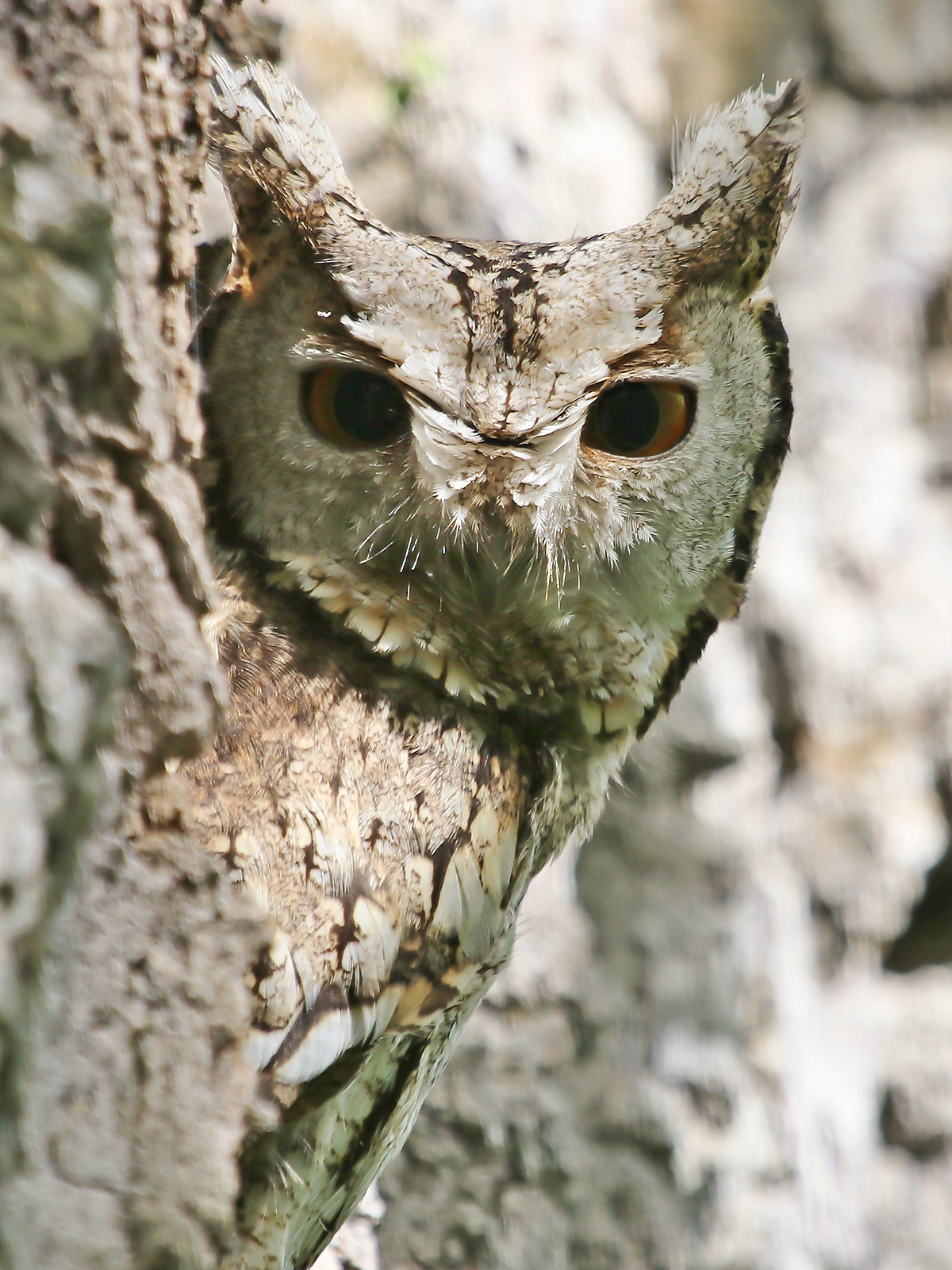
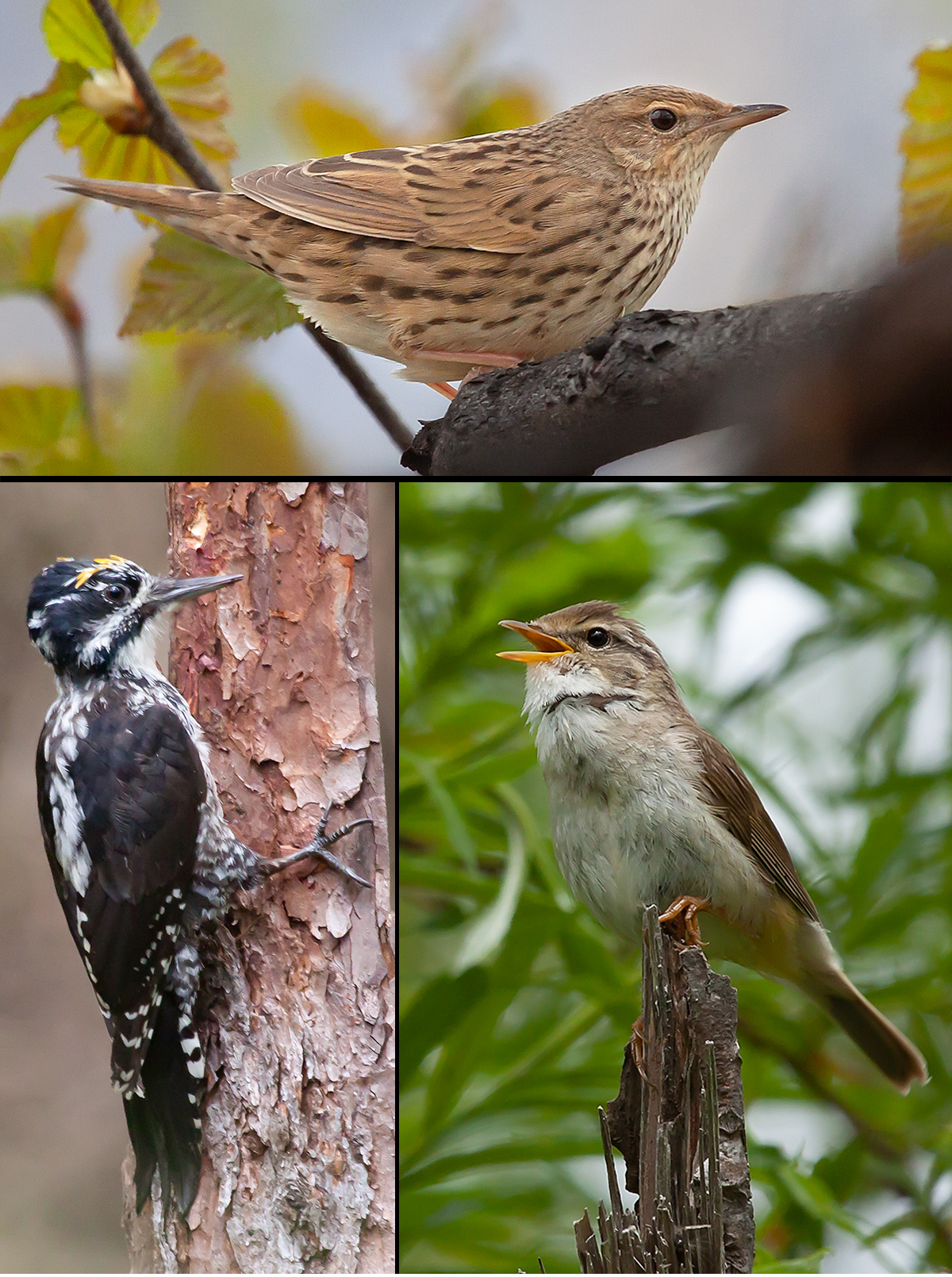
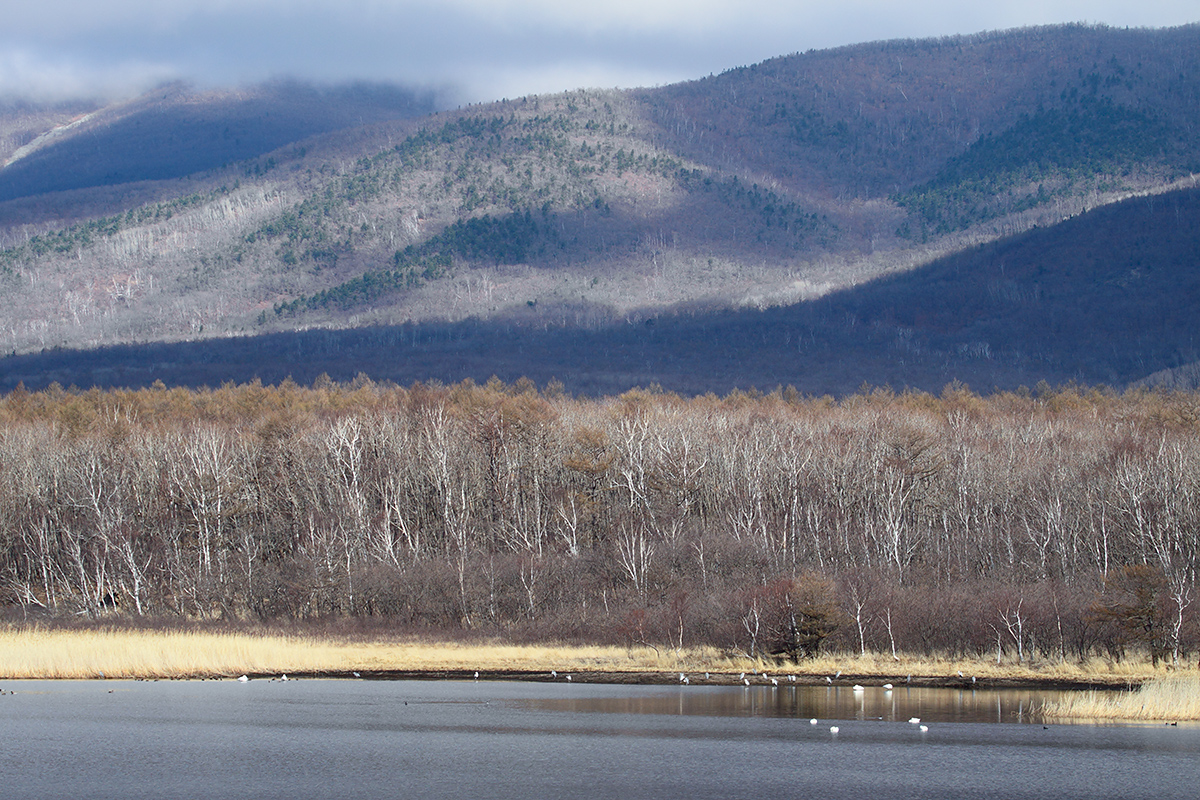
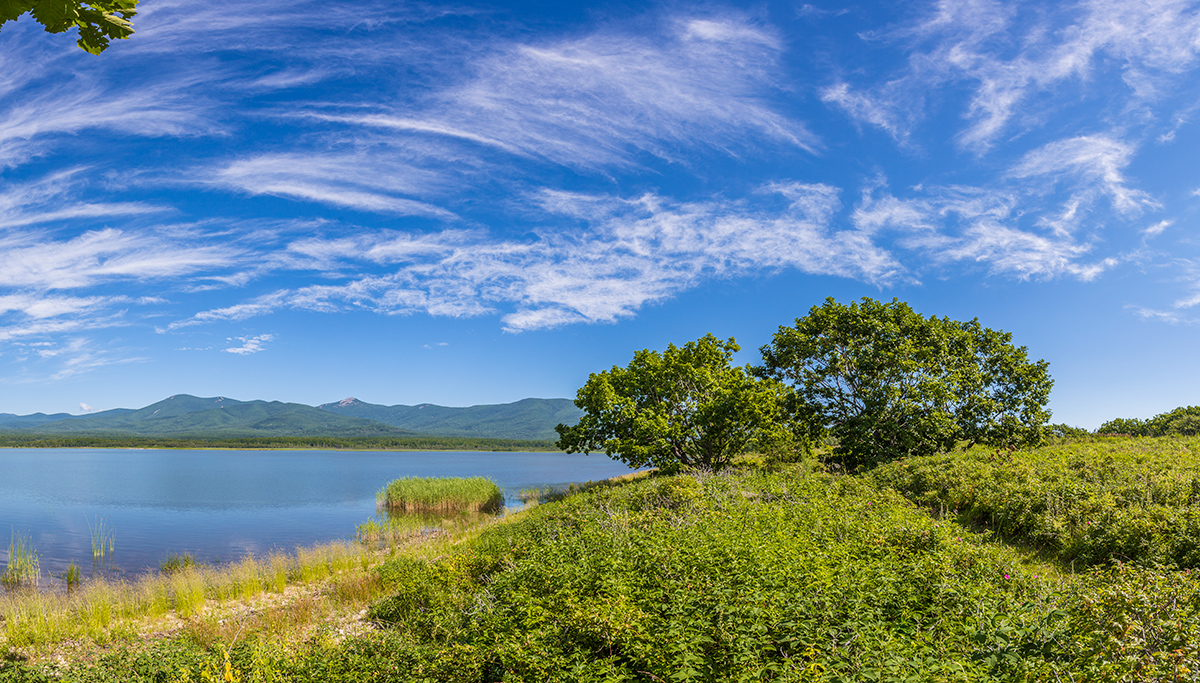
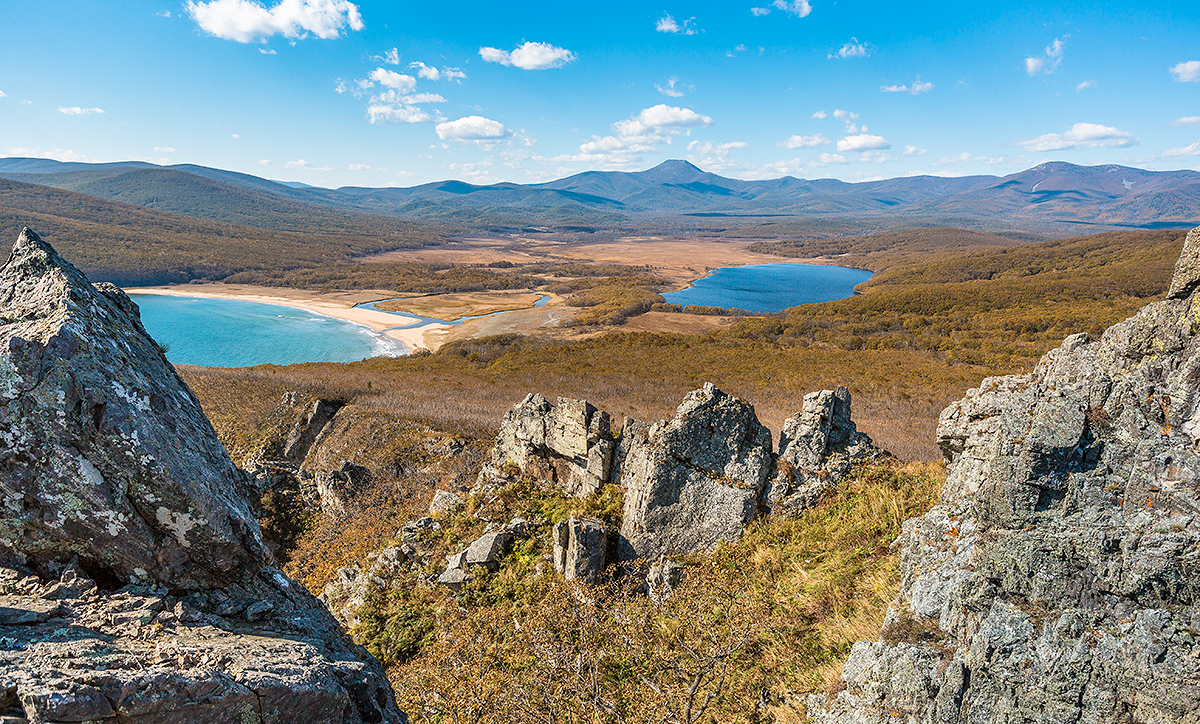
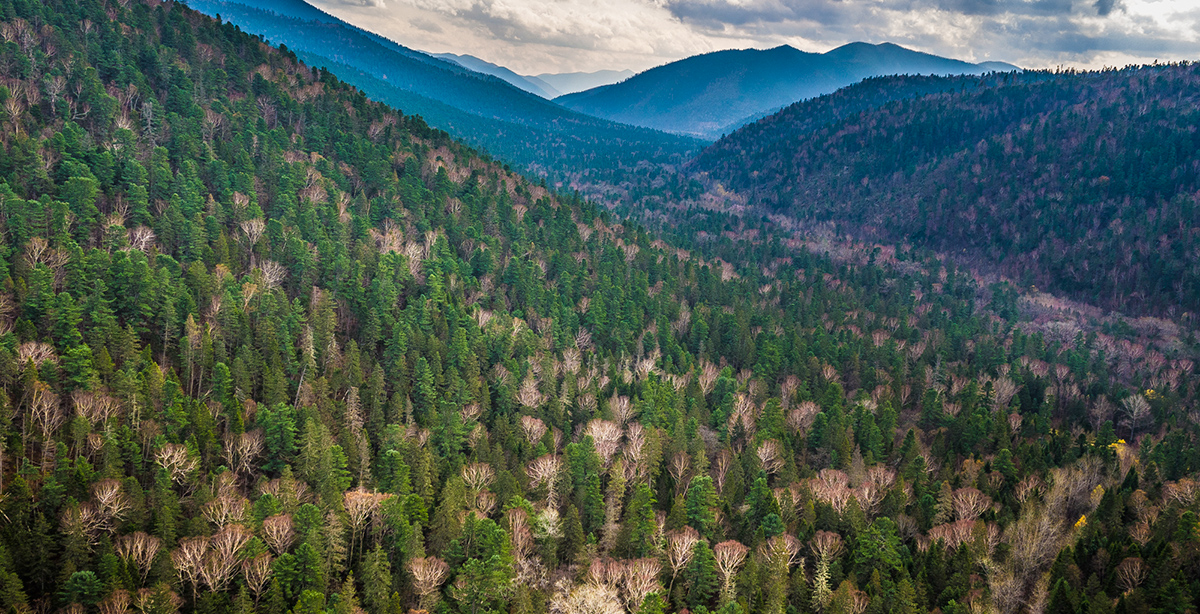

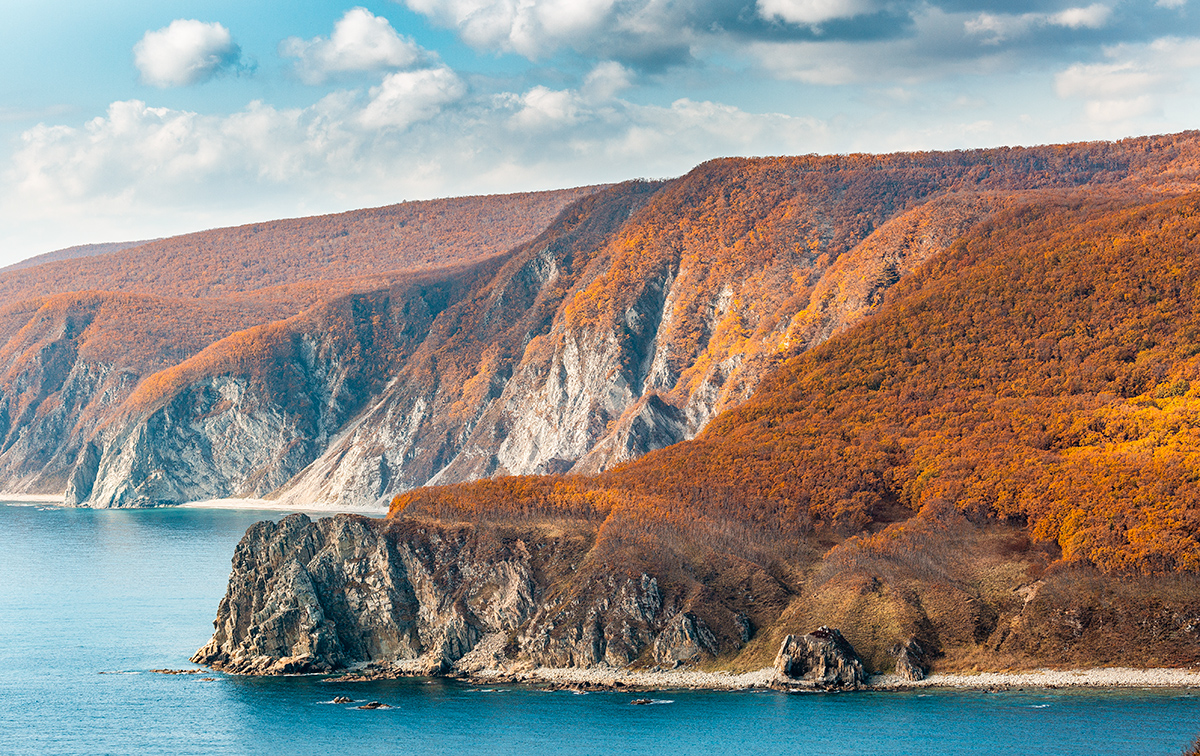
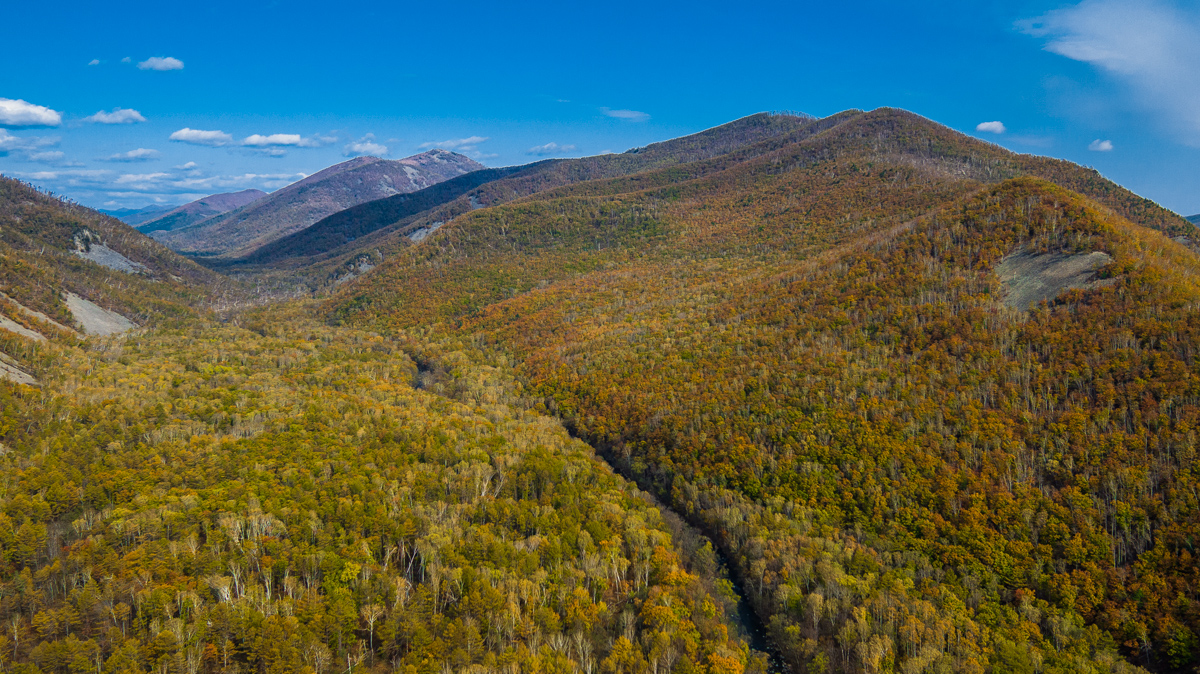
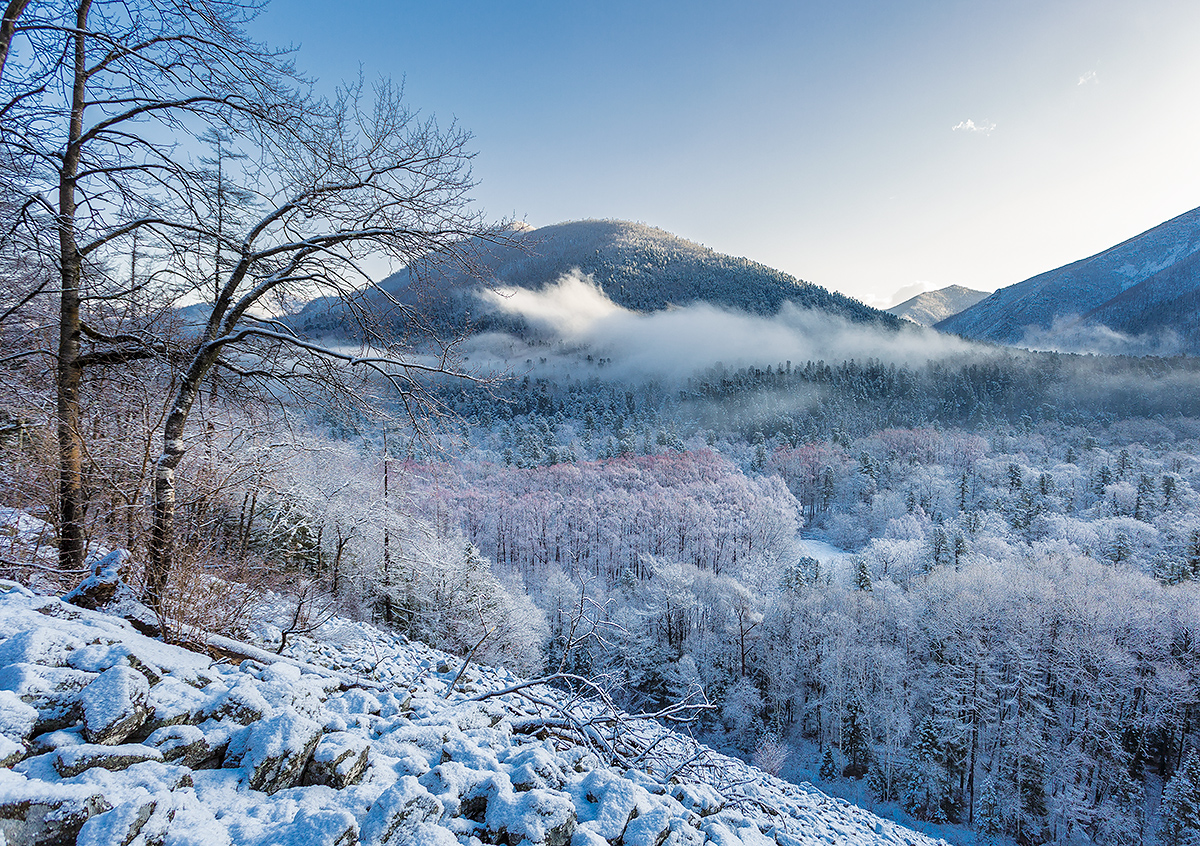
THE BIRDS OF SIBERIA AND THE RUSSIAN FAR EAST
This post is part of shanghaibirding.com’s series on East Asian birds in Siberia and the Russian Far East:
• Sikhote-Alin: A Place Unparalleled for Experiencing the Birds of East Asia (you are here)
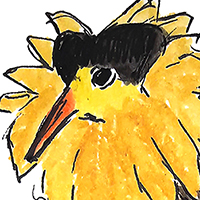
• Birds of Siberia’s Yamal Peninsula: I spent two months on the Yamal Peninsula in Siberia, 5300 km (3,290 mi.) from Shanghai. Far above the Arctic Circle, I noted on their breeding grounds species common on passage in Shanghai, among them Temminck’s Stint, Ruff, Curlew Sandpiper, and Red-necked Phalarope.
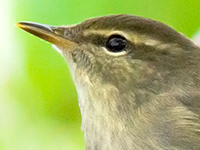
• Kamchatka Leaf Warbler on Russia’s Kamchatka Peninsula: The first time I heard the song of Kamchatka Leaf Warbler, I knew it was a bird I had never heard before. Today we know that Kamchatka Leaf Warbler is distinct from Arctic Warbler. See my photos and hear my sound-recordings.
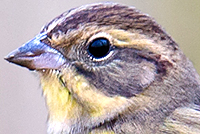
• Yellow-breasted Bunting on the Kamchatka Peninsula: Although its breeding range has contracted eastward some 5,000 km (3,100 mi.), Yellow-breasted Bunting is still doing well in Kamchatka, and there are indications that the species is recovering elsewhere. Hear my sound-recordings of its melodic song, recorded along the banks of the Zhupanova River in Kamchatka.
In addition to coverage of Siberia and the Russian Far East, shanghaibirding.com has extensive coverage of areas adjacent to the region:
Alaska
Northeast China
Xinjiang
For a comparison of the birds of Sikhote-Alin with those of Xidaquan National Forest, 500 km (310 mi.) to the west in Heilongjiang, China, see the following report:
• Boli, Heilongjiang at the Height of Breeding Season
Featured image: Blakiston’s Fish Owl Bubo blakistoni requires dense, old-growth forest near lakes and rivers that do not freeze in winter. Sikhote-Alin Nature Reserve preserves in abundance this type of habitat, and for this reason it is a stronghold for the endangered owl. (Peter Mametyev)

